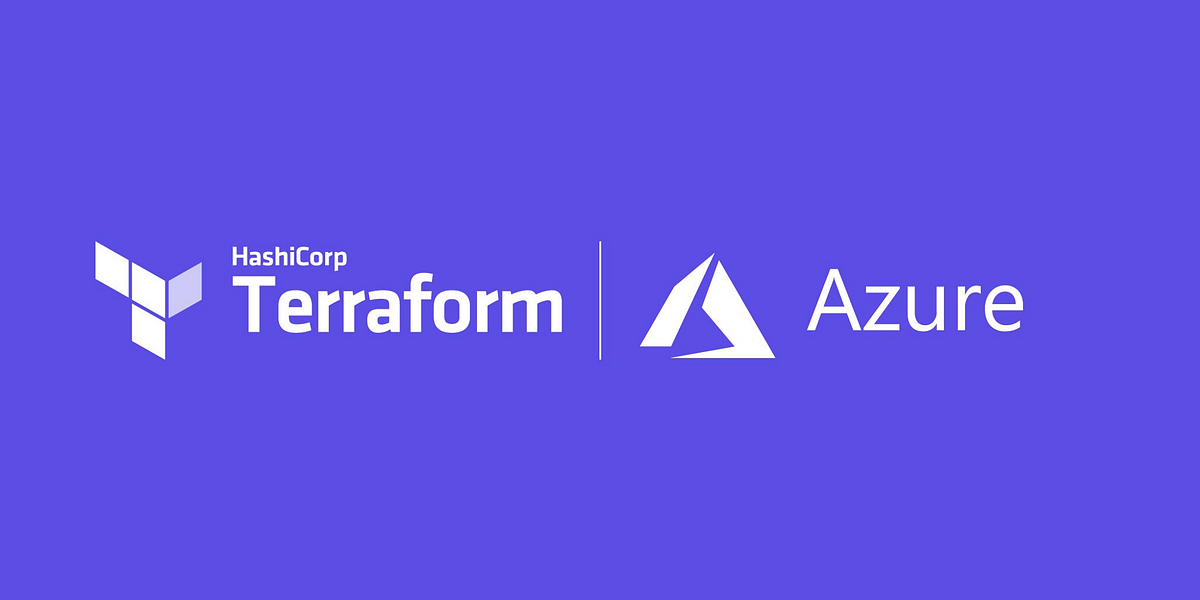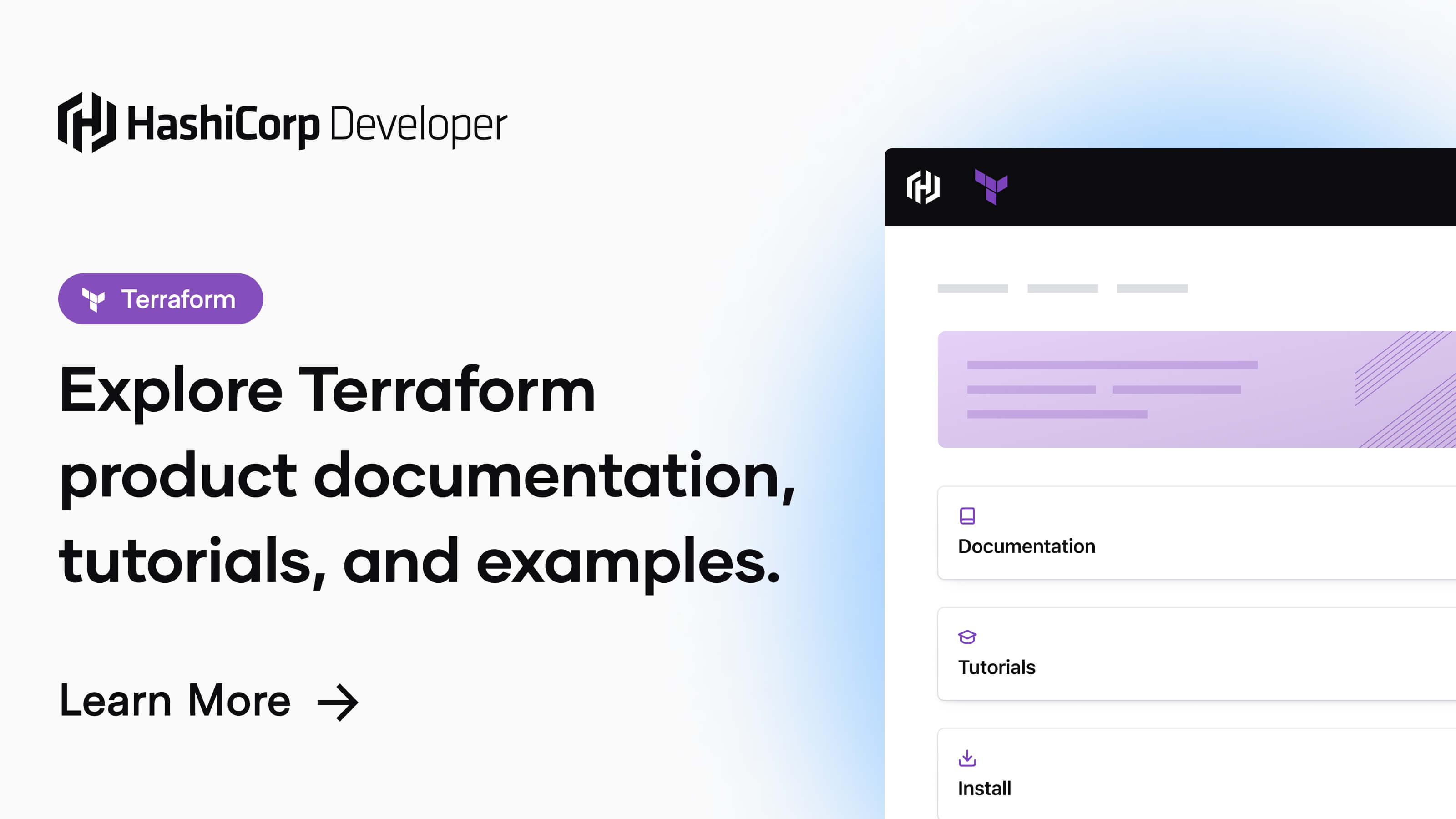Terraform: Use Conditional Resource Output in Operators
Learn how to effectively utilize the output of conditionally created resources within conditional operators in Terraform to enhance your infrastructure-as-code deployments.
Learn how to effectively utilize the output of conditionally created resources within conditional operators in Terraform to enhance your infrastructure-as-code deployments.
Terraform uses conditional expressions instead of traditional "if" statements for control flow. This article explains how to use conditional expressions for resource creation, accessing attributes of conditionally created resources, and using them in outputs. It also covers limitations of conditional expressions and alternative approaches for handling complex logic in Terraform.
Terraform doesn't have traditional "if" statements for control flow. Instead, it uses conditional expressions within resource declarations and outputs to achieve similar results. Here's how to use them:
Conditional Resource Creation
You can conditionally create resources based on variables. The most common way is using the count meta-argument in conjunction with a conditional expression:
resource "aws_instance" "example" {
count = var.create_instance ? 1 : 0
# ... other resource attributes
}In this example, an aws_instance is created only if the variable create_instance is set to true. If create_instance is false, count evaluates to 0, and no instance is created.
Accessing Conditionally Created Resources
When a resource is conditionally created, accessing its attributes requires careful handling. You can't directly reference an attribute if the resource might not exist.
To work around this, use the count.index feature within the resource block to reference individual instances, and conditional expressions outside to handle potential absence:
resource "aws_instance" "example" {
count = var.create_instance ? 1 : 0
# ... other resource attributes
tags = {
Name = "example-${count.index}"
}
}
output "instance_id" {
value = length(aws_instance.example) > 0 ? aws_instance.example[0].id : null
}Here, aws_instance.example[0].id is used within the output block. The conditional expression checks if the length of the aws_instance.example list is greater than 0. If true, it means the instance was created, and its ID is returned. Otherwise, null is returned.
Conditional Expressions in Outputs
You can use conditional expressions directly within output blocks to control what values are displayed:
output "message" {
value = var.enabled ? "Feature is enabled" : "Feature is disabled"
}This output will display different messages based on the value of the enabled variable.
Limitations
While powerful, conditional expressions have limitations:
Alternatives and Workarounds
Remember that overusing conditional logic can make your Terraform code harder to read and maintain. Strive for clarity and consider alternative approaches when complexity increases.
This Terraform code defines infrastructure using the AWS provider. It conditionally creates an EC2 instance based on the value of a variable. If the variable 'create_instance' is true, an instance of type 't2.micro' is created. The code outputs the instance ID if an instance is created and a message indicating whether or not the instance was created.
# Configure the AWS Provider
terraform {
required_providers {
aws = {
source = "hashicorp/aws"
version = "~> 4.0"
}
}
}
# Variables
variable "create_instance" {
type = bool
default = false
}
# Create an EC2 instance conditionally
resource "aws_instance" "example" {
count = var.create_instance ? 1 : 0
# Instance type
ami = "ami-0c55b31ad2299a701" # Replace with your desired AMI
instance_type = "t2.micro"
# Instance tags
tags = {
Name = "example-${count.index}"
}
}
# Output the instance ID if the instance was created
output "instance_id" {
value = length(aws_instance.example) > 0 ? aws_instance.example[0].id : null
}
# Output a message based on the 'create_instance' variable
output "message" {
value = var.create_instance ? "Instance was created" : "Instance was not created"
}Explanation:
Variables:
create_instance: A boolean variable that controls whether to create the EC2 instance.Conditional Resource Creation:
aws_instance resource uses the count meta-argument with a conditional expression.var.create_instance is true, count is set to 1, creating one instance.var.create_instance is false, count is set to 0, creating no instances.Accessing Conditionally Created Resources:
output "instance_id" uses a conditional expression to check if the aws_instance.example list has any elements (meaning an instance was created).aws_instance.example[0].id).null.Conditional Expressions in Outputs:
output "message" demonstrates a simple conditional expression within an output.var.create_instance.To use this code:
.tf file (e.g., main.tf).terraform init to initialize the working directory.terraform apply.
create_instance is set to true in the variables, an EC2 instance will be created.create_instance is false (or not set, as the default is false), no instance will be created.This example demonstrates the fundamental concepts of conditional logic in Terraform using count and conditional expressions. You can adapt these principles to manage more complex scenarios in your infrastructure code.
count, the dynamic block can create and configure multiple instances of a block within a resource based on a collection or conditional logic.for_each loops offer a more robust alternative to count in many cases.null values when working with conditionally created resources. Use the try() function to gracefully handle situations where an attribute might not exist.terraform plan and consider automated testing frameworks to ensure your logic behaves as expected.| Feature | Description | Example |
|---|---|---|
| Conditional Resource Creation | Create resources based on conditions using the count meta-argument. |
count = var.create_instance ? 1 : 0 |
| Accessing Conditionally Created Resources | Use count.index to reference individual instances and conditional expressions to handle potential absence. |
value = length(aws_instance.example) > 0 ? aws_instance.example[0].id : null |
| Conditional Expressions in Outputs | Control output values based on conditions. | value = var.enabled ? "Feature is enabled" : "Feature is disabled" |
Limitations:
Alternatives:
Best Practices:
Mastering conditional logic in Terraform empowers you to write adaptable and efficient infrastructure code. By understanding how to leverage conditional expressions, manage resources effectively, and navigate the nuances of Terraform's declarative nature, you can create robust and scalable infrastructure deployments. Remember to prioritize clarity and maintainability, especially as your codebase grows. When used strategically, Terraform's conditional logic capabilities become invaluable tools in your infrastructure-as-code arsenal.
 Is it possible to display output conditionally? - Terraform - HashiCorp ... | I would like to be able to display output conditionally, along the lines of: variable "vue_enabled" { description = "Set to true to enable building a vue queue" default = false } output "vue_queue" { value = "${var.vue_enabled ? aws_sqs_queue.vue_queue.id : ""}" } Where the vue_queue output gives the resource id if it exists, or and empty string (or not all) if not. Is this possible in Terraform? Thanks!
Is it possible to display output conditionally? - Terraform - HashiCorp ... | I would like to be able to display output conditionally, along the lines of: variable "vue_enabled" { description = "Set to true to enable building a vue queue" default = false } output "vue_queue" { value = "${var.vue_enabled ? aws_sqs_queue.vue_queue.id : ""}" } Where the vue_queue output gives the resource id if it exists, or and empty string (or not all) if not. Is this possible in Terraform? Thanks! How to Use Terraform Conditional Expressions | What is a Terraform conditional? See how to use these operators to create resources, deploy modules, and other usage examples.
How to Use Terraform Conditional Expressions | What is a Terraform conditional? See how to use these operators to create resources, deploy modules, and other usage examples. Terraform tips & tricks: loops, if-statements, and gotchas | by ... | Update, November 17, 2016: We took this blog post series, expanded it, and turned it into a book called Terraform: Up & Running!
Terraform tips & tricks: loops, if-statements, and gotchas | by ... | Update, November 17, 2016: We took this blog post series, expanded it, and turned it into a book called Terraform: Up & Running! Terraform create resources conditionally | Medium | Use terraform conditional expressions and count parameter to apply different configurations to different environments
Terraform create resources conditionally | Medium | Use terraform conditional expressions and count parameter to apply different configurations to different environments Custom Conditions - Configuration Language | Terraform ... | ... resource or output value using the data. To decide which is most ... You can use any of Terraform's built-in functions or language operators in a ...
Custom Conditions - Configuration Language | Terraform ... | ... resource or output value using the data. To decide which is most ... You can use any of Terraform's built-in functions or language operators in a ...